Benadryl is a drug that is used to treat allergies but also can be used for insomnia, cold or nausea, depending on the particular case. Its generic pharmaceutical name is Diphenhydramine and its effect may last up to seven hours. Also, Benadryl is used to treat motion sickness or to induce sleep. Sometimes, doctors prescribe it to patients with Parkinson’s disease.
Of course, there are some side effects, but your doctor will tell you about them knowing your health status, because the same as the positive effects, the side effects depends on the patient. Benadryl is often used by mouth, as a pill, but it also can be injected into the vein, then injected into a muscle, or it can be applied to the skin surface.
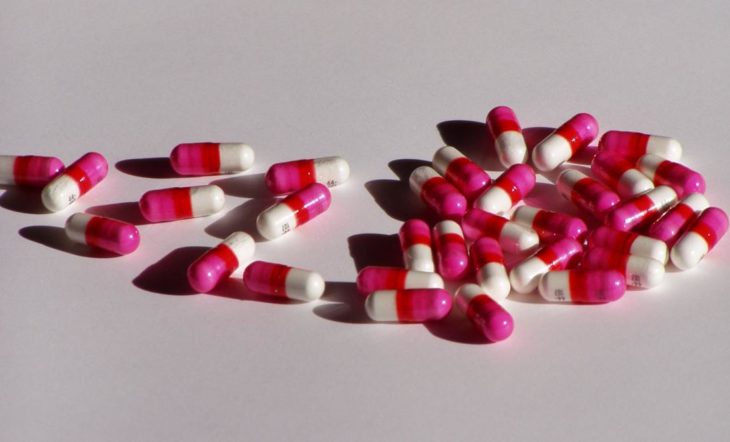
Source: Medical News Today
Contents
How Benadryl works?
Benadryl (Diphenhydramine) treats allergic reactions, by blocking the histamine-1 receptors, so the histamine won’t affect the whole body, blood vessels, digestive system, or respiratory organs. But, at the same time, this drug blocks acetylcholine receptors that are responsible for serotonin intake, so it may have sedative effects or can make your mouth and tongue dry.
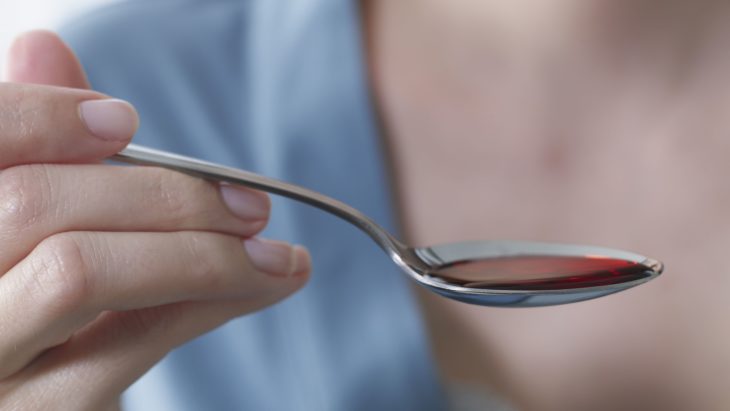
Source: Verywell Health
How long does it take to Benadryl to work?
In general, it may take up to one hour to Benadryl to calm down the symptoms and make the patient sleepy. That is why, in most of the cases, it should be taken in the evenings, before sleeping.
Benadryl absorbs quickly after you take the pill, so the drug will peak its effects within one hour, but also it’s possible to work in just half an hour, or after 70-80 minutes. As we already mentioned, the effects may last up to six or seven hours.
But, don’t forget that this time also depends on the nature of the allergy. For example, for food allergies, it may take between 30 to 50 minutes to work. For flowers, grass or animal allergies, the symptoms will start declining within 20 minutes. When you take a pill, its active parts get to your bloodstream through the digestive system.
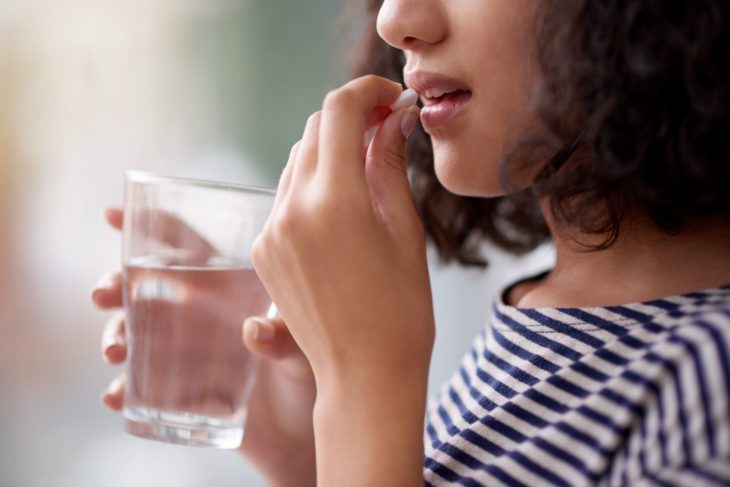
Source: verywellmind
What are the upsides of Benadryl?
This drug treats a wide range of allergic related symptoms, such as itching, runny nose, sneezing, coughing and so on. It can also be used for insect bites, allergic conjunctivitis, urticaria and hay fever.
If you suffer from motion sickness, it can relieve the symptoms of vomiting and nausea, but also it will help you fall asleep, so you won’t feel the motion effects that much. During the years of research and using, it shows good results treating some of the Parkinson’s disease symptoms.
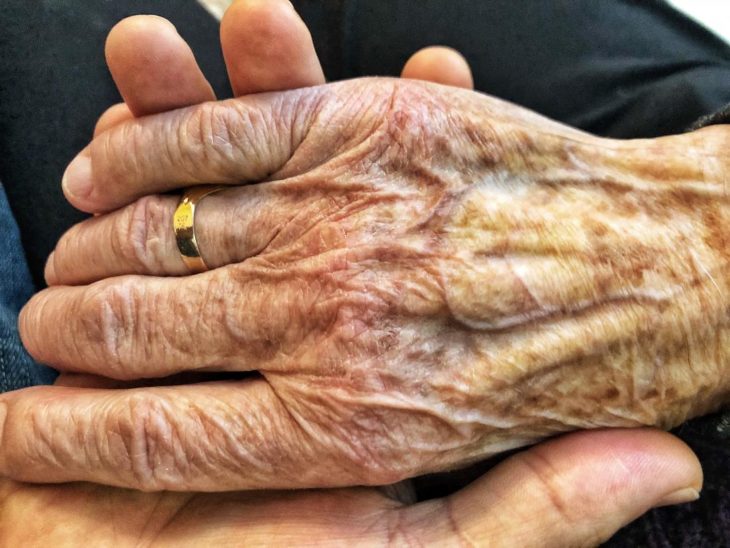
Source: Medical News Today
What are the downsides of Benadryl?
It’s pretty normal for drugs to have downsides too. Benadryl’s downsides include sleepy mood and impaired judgement. Also, it may affect the patient’s ability to drive.
It lowers the blood pressure, it may cause a headache, or make the person dizzy and disturbed. Benadryl also may cause low blood pressure, fast and rapid heartbeat, it increases the risk of dental caries. When it’s taken for a long period, this drug may cause acid reflux and increase the risk of gastroesophageal reflux disease.
If you take benzodiazepines, antipsychotics or antidepressant, you may need to avoid Benadryl and ask your doctor to prescribe lower doses.
Benadryl may not be suitable for people who have asthma, glaucoma, peptic ulcer disease, high blood pressure, thyroid problems, prostate problems, lazy bladder, intestinal obstructions and those who are tired all the time.
Be careful, pregnant and breastfeeding woman shouldn’t take this medicine. Elderly people also can have some intense effects of dizziness, low blood pressure and sedation.
Note that alcohol can make all of these side effects even worse.
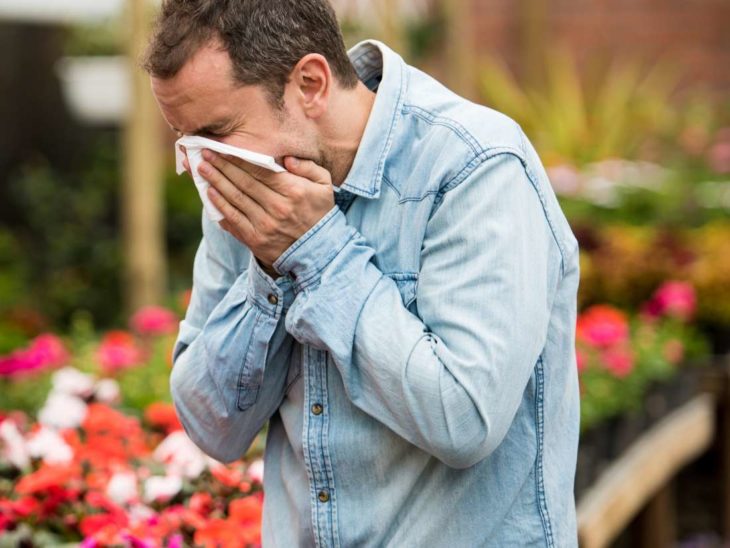
Source: medicalnewstoday
Benadryl overdose – how to recognize it?
There is a wide range of side effects that may be caused by Benadryl overdose.
Benadryl overdose symptoms are:
- Euphoria or dysphoria
- Anxiety
- Dizziness
- Seizures
- Itching
- Flushed skin
- Hallucinations
- Heart palpitations
- Mouth dryness
- Throat dryness
- Tremors
- Nausea
- Vomiting
- Urination problems

Source: HealthXchange.sg
What medicines react with Benadryl?
These are the most common medicines that may interact with Benadryl:
- benzodiazepines
- monoamine oxidase inhibitors
- opioids
- sedatives
- antidepressants
- creams and gels that contain diphenhydramine
- other antihistamines
Sometimes you will need to stop taking the other medicine, but in the other cases, you will have to make a proper schedule when you take your pills.
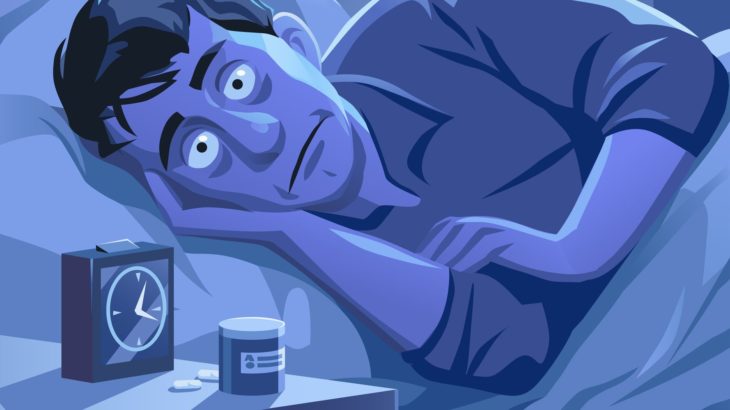
Source: huffpost
How to take Benadryl?
This drug can be taken with or without food. Always take the recommended dose. Don’t take more than it is recommended.
Don’t drive vehicles or operate machines, because Benadryl affects your judgement and it may decrease your attention span.
If you use it for motion sickness, take the medication at least 30 minutes before the beginning of the trip.
Don’t use Benadryl for children younger than 12, that have sleeping problems. If the child is older than 12, you should consult your doctor, even though you don’t need a prescription to buy Benadryl in pharmacies.
If you recognize some of the previously mentioned symptoms and side effects, also hallucination, nausea, vomiting, muscle tremor, fast hart rate, dizziness, flushing or diarrhea, you need to seek urgent medical help.
If you need to take any other drug while taking Benadryl, you should talk to your doctor or pharmacist.
Benadryl is quickly absorbed medicine if taken orally. Benadryl injections have immediate and rapid effects. The recommended dose for adult people, if they take as a sleeping aid, is 50 mg. Elderly people should take lower doses.
Always consult your doctor and pharmacist before taking any medication. Use Benadryl only for your symptoms and never share it with others who have similar symptoms as yours.

Source: JoinAStudy.ca
When to stop taking Benadryl?
If there are no side effects while taking this medicine, you should stop taking Benadryl right after you finish the prescribed dose.
But, if you can feel some of the symptoms the side effects may cause, you need to stop taking Benadryl and ask for medical attention.
